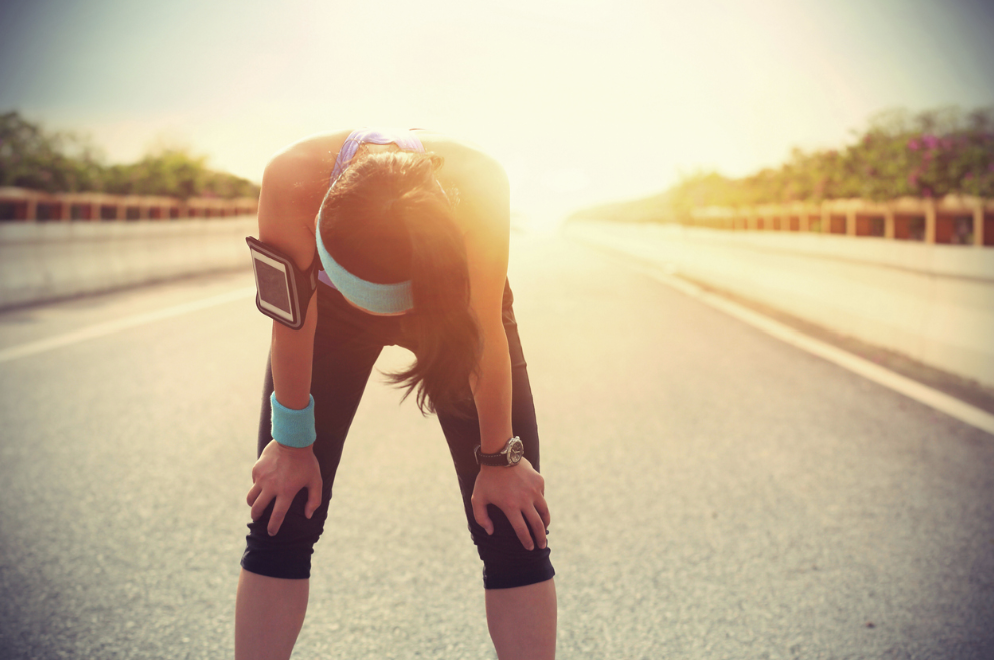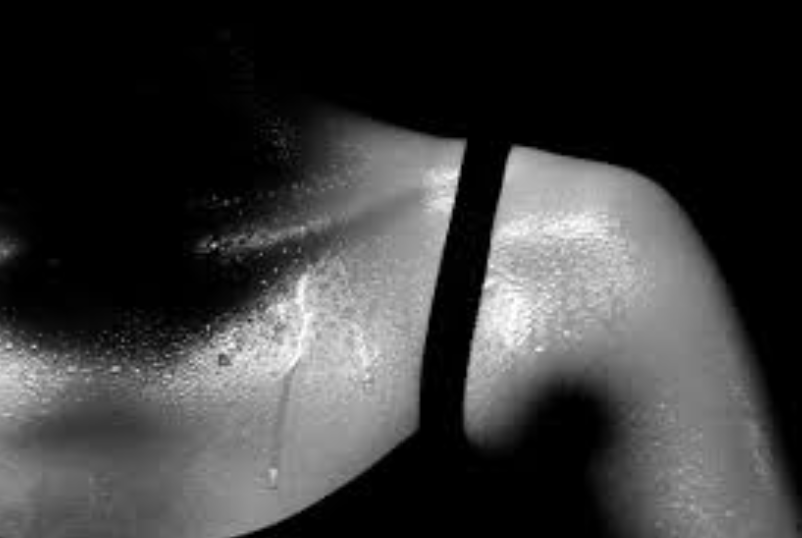
The summer heat can be a major obstacle to overcome, especially if you are a serious runner. Running in the heat is without a doubt, one of the hardest environments to train in. We spend our entire day in the cool air-conditioned climate-controlled buildings, then expect to go out for a run in the heat and run just as fast as we can in ideal conditions. Once we move past the expectations that training is going to feel the same, we can then have a productive run despite the conditions. In the winter, it’s all about putting on layers, and keeping a balance between body heat and moisture from sweat, and the cold a delicate balance no doubt. In the summer time and warm climates, we can’t take off more layers. We must understand how our bodies cool themselves. Both inside and inside-out.
We produce heat internally, through the metabolism of macromolecules during exercise. Then we must figure out a way to disperse the heat. Enter the vascular system. Muscles produce heat, the blood stream pulls the heat away transporting the heat to the surface of the skin. There are 2 exchanges, from the muscle to blood, and from the blood to the surface of the skin. Sweat is the filtrate, or what remains after water is carried to the sweat glands. 90% of blood is actually water, which is resistant to changes in heat. Meaning, if you attempt to heat water it takes a very long time to change temperature. If water could change temperature quickly, we would heat up extremely quickly. The byproduct of metabolism is heat, which is a good thing but if the body is overheated: enzymes stop working properly and muscle tissue can break down instead of performing. So, it’s worth it to have an efficient cooling system in place for the body to disperse heat.
Heat is transferred to the surface of the skin via the water vehicle. Then when we sweat, the water is pushed to the surface of the skin and evaporates. It is only during evaporation that the body cools itself. Think of our cooling system as an energy transfer system: Energy from calories to warm blood to water to the surface of the skin. When water evaporates it goes through a phase change. From a liquid to a gas which transfers the heat finally to the air. To evaporate 1 gram of sweat, the body loses about 0.58 kcal of heat. Multiply that by the volume of sweat you lose during exercise, and the body’s cooling capacity becomes clear.

One of the training adaptations to heat exposure is angiogenesis: angio means “blood vessel” and genesis means “to form new.” So, by running in the heat, you are driving the adaptation of new blood vessel formation. The more miles of blood vessels mean there are more channels, avenues, directions, and surface area for the body to disperse heat efficiently. If the blood has more channels to travel through this reduces stress and strain on the heart lowering peripheral resistance. Also, as an added benefit, the more vasculature, the quicker blood can return to the heart. However, heat training must be done carefully.
Ohio Sports Chiropractic and Rehab
📍 10360 Northfield Rd, Northfield, OH 44067
📞 (330) 908-0203
🌐 ohiosportschiropractic.com
